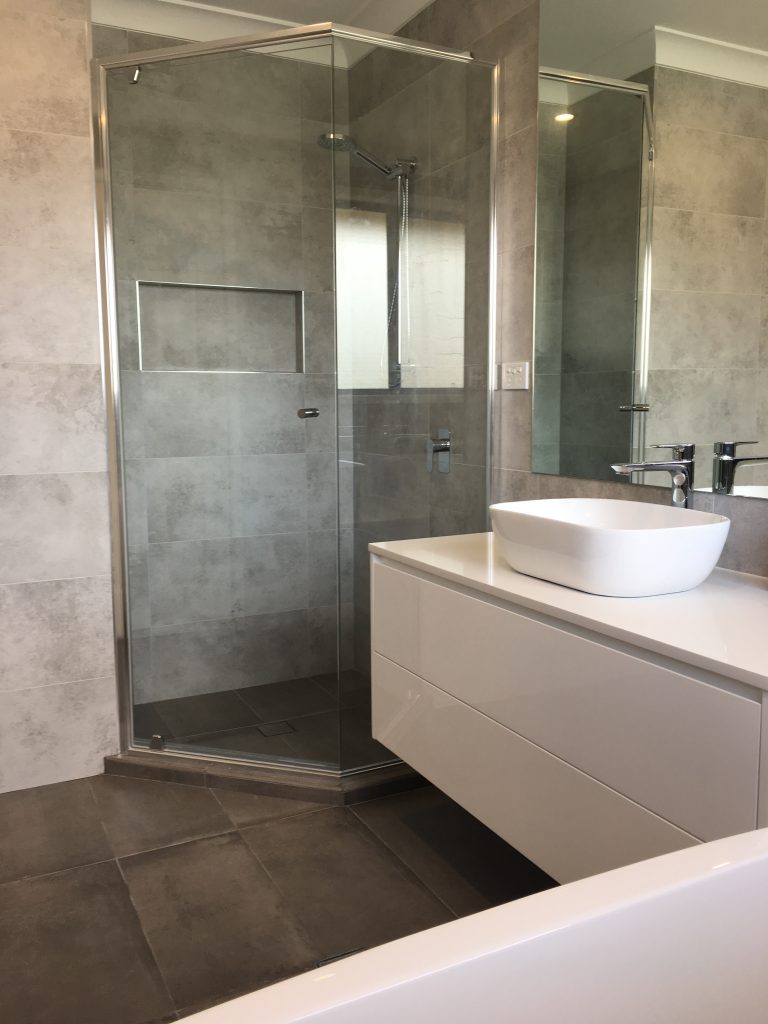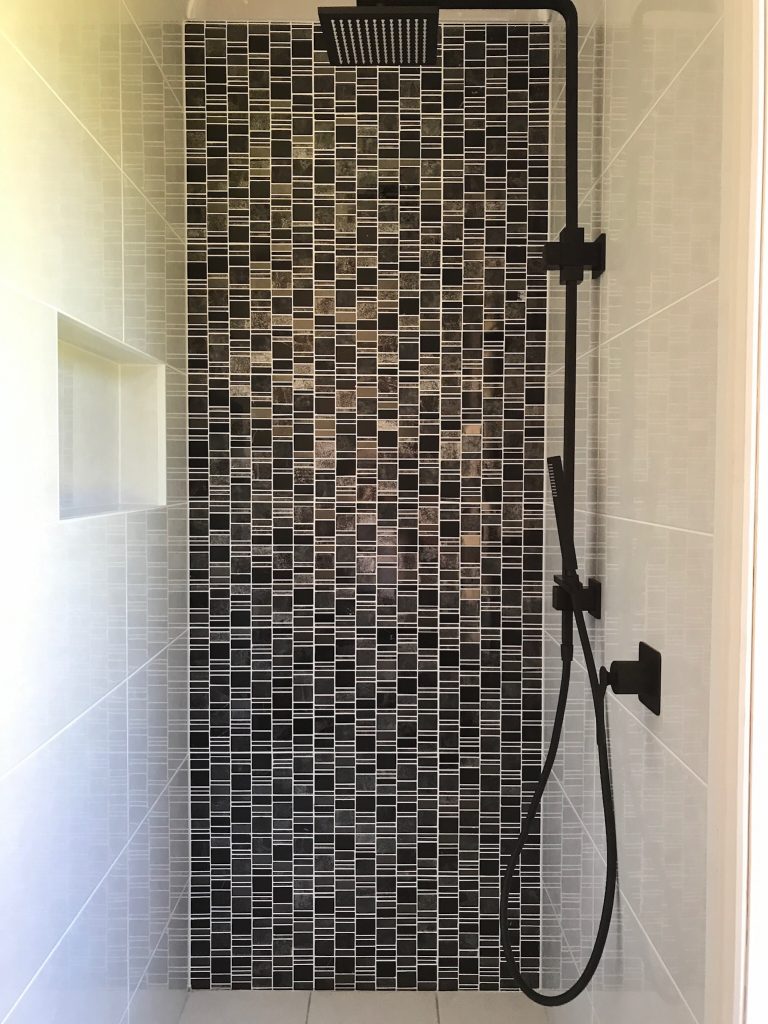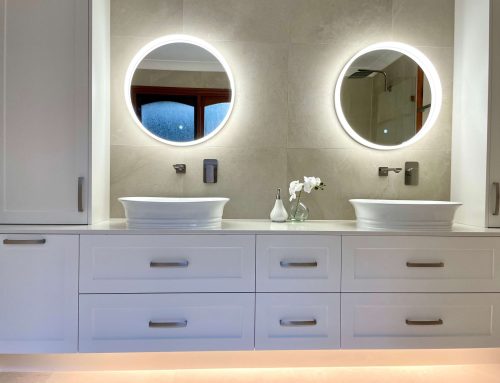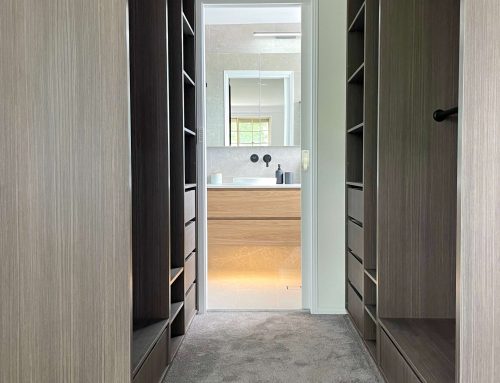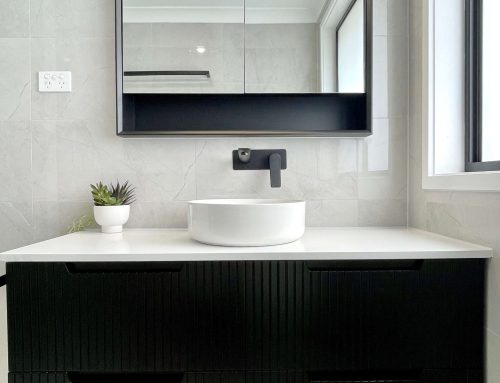A little maintenance can go a long way to save money and avoid problems.
Whilst most people clean their bathrooms weekly, there is other regular maintenance that needs to be done within the bathroom. Performing these maintenance tasks regularly will avoid expensive problems arising and ensures your bathroom works efficiently.
Drains:
Let’s start with the most common bathroom problem of all, blocked drains. Over time, drains become clogged with hair, dirt and soap scum that prevent water from draining as it should. Blocked drains are most common in basins and showers, especially those with family members who have long hair.
Ensuring your shower drain remains clear is extremely important as it can affect the waterproofing system and create leaks. If your shower drain becomes blocked, the water will rise within the drain and seep under the waterproofing, so it is incredibly important to ensure you keep your shower drains clean.
Removing the shower or basin waste and using a plastic drain unclogger that has little spikes to catch hair and other debris is the quickest and most efficient way to clean drains. These type of drain uncloggers can be purchased from any hardware for under $5.00. If your bathroom is older and has older style wastes that cannot be removed, pour a cup of bicarbonate soda into the drain and follow with 250-500ml of cheap white vinegar. The chemical reaction of this mixture will loosen the blockage. Follow this with a jug of hot water and the blockage will wash away. Perform this drain maintenance monthly to avoid expensive plumbing costs.
Exhaust Fans:
The exhaust fan in your bathroom gets a solid workout on a daily basis. These fans collect dust that will clog and prevent it from working efficiently. Once a month, remove the cover of the exhaust fan, wash in warm soapy water and leave to dry before refitting. Gently vacuum the interior of the fan and area around it with a brush attachment.
Grout:
The grout in the corners of your bathroom require frequent inspection. This is especially true within the shower recess. With constant heat, moisture, exposure and movement, the grout can crack and loosen. To remedy this, remove loose grout and apply a flexible sealant, immediately spray with a mixture of suds and water, and remove excess silicone with a paddle pop stick. Be sure to avoid using harsh scrubbing brushes on grout as this will over time cause the grout to wear and loosen.
Bathroom Handles & Locks:
Check handles and locks to ensure they’re working properly. The bathroom door handle is quite often the one that needs replacing way before any other door handles do as it is the most used and quite often jiggled to entice the bathroom occupant vacate. This is more likely to occur in bathroom shared by impatient tweens and teens. It is not uncommon for screws to become loose and locks becoming sticky. Tighten loose screws and replace sticky locks to avoid having someone locked in the bathroom.
Leaks:
Vanity – Checking for leaks inside your vanity can save you from having to replace it due to water damage. Remove all items inside your vanity, check for any damage or damp spots. Doing so also gives you the opportunity to wipe shelving and reorganise your toiletries. Check the area around the S Trap. Should you suspect a leak, leave a little paper towel in the suspected area and check again later in the day. If the paper towel is wet, either tighten the S Trap yourself or call a plumber to avoid mould and damage to your vanity.
Shower – Leaking showers are unfortunately all too common. Whilst leaking showers are more common in older bathrooms, even new homes can be affected by shoddy building practices. Check adjacent walls for bubbled paint or damp carpet. For upstairs bathrooms, check the ceiling directly below the bathroom or for ground floor bathrooms check the area under the house for wet timbers provided the house is not on a cement slab. Doing this can save you thousands by avoiding rotten timber and the white ants it attracts.
Shower Screens:
The silicone around the shower screen will eventually need to be removed and replaced due to wear and mould. Remove the existing silicone with a Stanley knife and apply a new aesthetic anti mould silicone using the same paddle pop trick we explained earlier.
Toilet & Toilet Brush:
Be sure to not only clean your toilet seat and cistern, but pay special attention to the pans interior and exterior. Dust and wipe clean the toilet pans exterior, including any plumbing that is exposed. Do not use your toilet as your bin. Have a small waste basket or bin next to your toilet for face wipes, cotton balls, sanitary pads etc. Do not flush so called flushable wipes down your toilet. No matter what the package says, these wipes can clog your plumbing and create a very expensive plumbing bill. Finally the toilet brush. This brush can only clean when it is itself clean, otherwise it is just spreading the germs around. Either replace or clean your toilet brush on a regular basis with disinfectant, vinegar or bleach.
See other articles related to this one:
How to prevent bathroom mould & be rid of it for good
How to keep your new bathroom looking “new”
How to avoid common bathroom renovation mistakes
Master Bathrooms & Kitchens have been renovating bathrooms in the Hills District and Hornsby Shire for over 25 years. Be sure to peruse our website for more bathroom and kitchen tips and renovation inspiration. If you are considering renovating your bathroom or kitchen, call us on (02)9899 9330 for a free measure and quotation.
See our video of just some of our beautiful bathrooms and kitchens:

